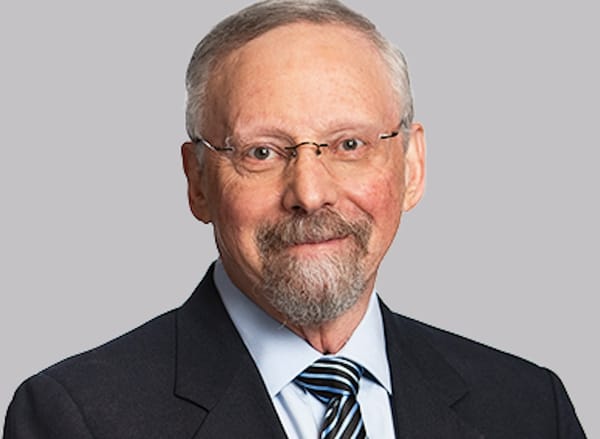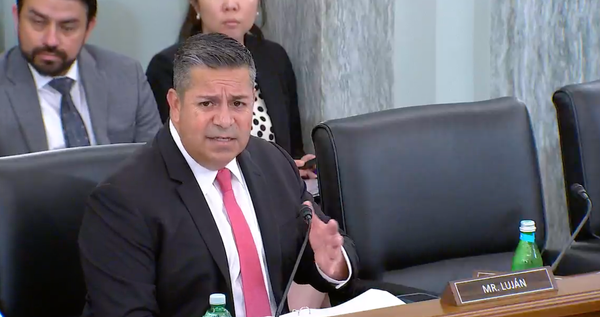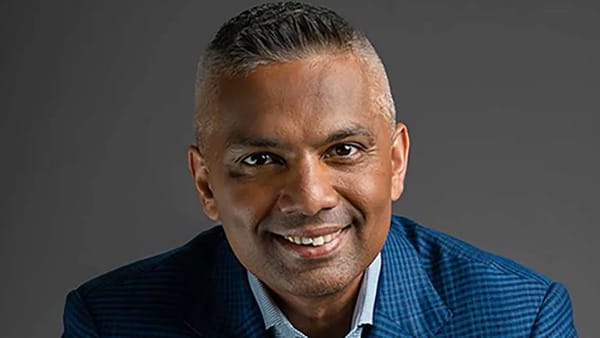Broadband Adoption and Not Availability is Key Challenge, Says One Economy
WASHINGTON, July 31 – Although broadband is largely available in low-income communities in the United States, many of the poor do not see a reason to subscribe, the vice president of the non-profit One Economy Corporation said Wednesday.
By William G. Korver, Reporter, BroadbandCensus.com
WASHINGTON, July 31 – Although broadband is largely available in low-income communities in the United States, many of the poor do not see a reason to subscribe, the vice president of the non-profit One Economy Corporation said Wednesday.
Speaking at a luncheon on Capitol Hill, One Economy Vice President for External Affairs Alec Ross said that the need to improve broadband adoption rates was suggested by a study released this month by the Pew Internet & American Life Project.
For the first time in the history of telecom, adoption rates among the poor fell, said Ross. The Pew study reported that among adults living in households with annual incomes of less than $20,000 annually, the percentage dropped from 28 percent in March 2007 to 25 percent in April/May 2008.
The decline in adoption is likely a result of the declining economy and a culture that causes many to worry about privacy and identity issues online, Ross said.
Ross spoke at a luncheon, “Broadband in Low-income Communities: From Access to Adoption,” co-hosted by One Economy and the Alliance for Public Technology, another non-profit group.
Ross also said that 40 percent of those interviewed by Pew in a telephone survey said that they lacked the interest to purchase broadband, or high-speed internet access, or believed it to be a waste of money.
When asked why they don’t use the Internet, 33 percent of respondants said they were not interested, 12 percent said they didn’t have access, 9 percent said it was too difficult or frustrated, and 7 percent said it was too expensive, according to the Pew study.
Among users of dial-up services that don’t have broadband, price was the most salient variable, according to the Pew study.
Asked “what would it take to get you to switch to broadband,” 35 percent of these dial-up users said that price would have to come down, 19 percent said that nothing would convince them to get broadband, and 14 percent said that broadband would need to become available where they lived, said Pew.
Joy Howell, director of the alliance’s “Broadband Changed My Life” campaign said that the percentage of African Americans with broadband was at 43 percent in April 2008, versus 40 percent in March 2007.
Ross claimed that this “incredibly disturbing data” came during a time of falling broadband prices and accelerated internet speeds. The Pew report said that the price of broadband had decreased by four percent over the last two-and-a-half years, from $36 a month in December 2005 to $34.50 in April 2008.
Ross said that governmental policies to improve broadband adoption rates must be data-driven, not based on guesses. Howell suggested expanding a Massachusetts broadband program.
Austin Bonner, director of communications for One Economy, said the content on One Economy’s public internet channel had helped to change the minds of those who believe the Internet “is a waste of time” or fear going online.
Bonner and Ross said that the public internet channel can accomplish these goals because of its easy-to-read format and availability in multiple languages.
Ross also expressed caution concerning educational programs about broadband. Lawmakers and advocates need to “have some faith in people.” He decried the inherent “paternalism” of many broadband education programs.
Ross said that more Americans need to be told of the benefits broadband will provide to them, particularly in education and the environment.
Although Ross said that the U.S. had done a “pretty good job” in making broadband available to more than 90 percnet of the country, he blasted the Bush administration as “completely [missing in action]” on broadband.
Kenneth Peres, president of the Alliance for Public Technology and research economist for the Communications Workers of America, declared that it was “incredible” that the U.S. was alone among the largest 15 countries in not having a national broadband policy, especially after the Organization for Economic Cooperation and Development had ranked the U.S. at 15th in global broadband penetration.
Just as the United States involved the federal, state, and local governments in building canals, railroads, electricity, and highways, the federal government must assist state and local governments and the private sector in deploying broadband and developing its infrastructure, he said.
Peres reminded the audience that over 85 percent of Japanese households have access to high-speed fiber. He did not mention that Japan ranks two slots behind the U.S. in the December 2007 OECD rankings.
A representative of Rep. Edolphus Towns, D-N.Y., said that Towns believes broadband is “essential” and is proud of his work in promoting a health information technology bill. Towns also strongly supports incentives for high speed networks, his representative said.
Howell said more than 1.2 million jobs should be created by the expansion of broadband, one of the fastest growing industries in America.
APT currently receives funding from AT&T, AT&T California, the United States Telecom Association and Verizon, according to its web site. The organization is managed by the consulting firm Issue Dynamics Inc. (now renamed as Amplify Public Affairs), according to the APT web site.
Among the telecommunications companies that support One Economy include AT&T, Comcast, Time Warner and Verizon, according to the One Economy web site.
Report, Documents and Article References by this Article:
- Home Broadband Adoption 2008 (Press Release), Pew Internet & American Life Project
- Home Broadband Adoption 2008 Report (PDF), Pew Internet & American Life Project
- Questionnaire “Spring Tracking Survey 2008″ (PDF), for the Pew Internet & American Life Project
- “Broadband Internet Adoption Stalls, Regresses for Poor, Says Pew Report” (BroadbandCensus.com, July 2)








